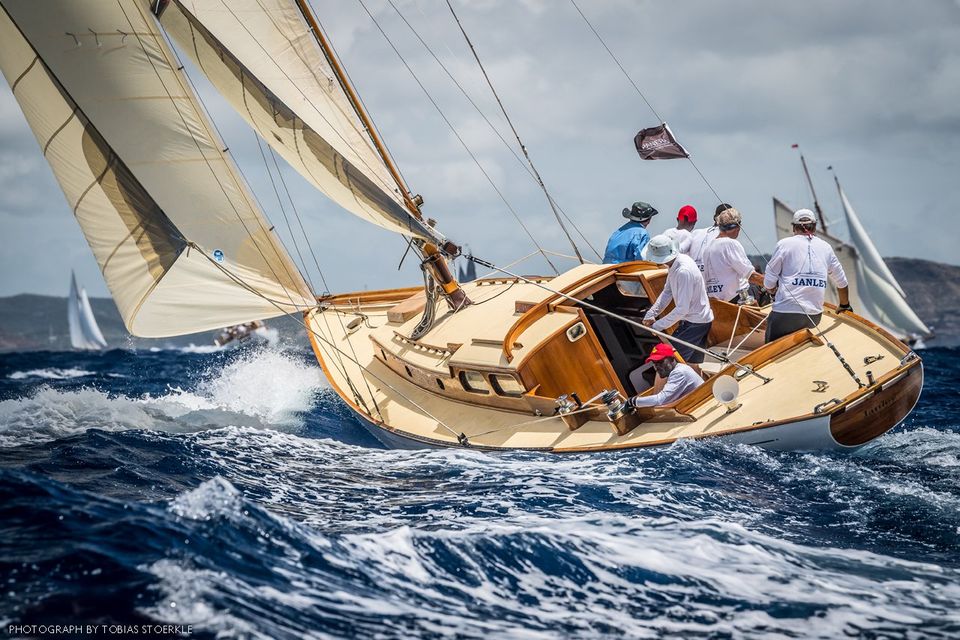Team Building Field Trips - Let's Go Sailing!
How can you build trust and collaboration on your team - in a unique way? Take to the high seas (or just a nearby lake)!
In our previous post, we discussed a field trip that had real meaning for the teams that participated. By allowing them to see how various places functioned- a firehouse, a zoo, a jazz club, and an emergency room- they were able to bring back insight that could benefit the workings of their own company. The same company offered other such impactful field trips, some of which we’ll address here.
One such trip took the organization effectiveness team to a plane-manufacturing plant. There was something so grand in scope about seeing that plane being built piece by piece as it moved down the long assembly line; and the team learned how this group worked together to resolve problems as they arose on this journey.
Another trip involved touring an automobile manufacturing plant and seeing the cords hanging down along the manufacturing line. The ultimate symbol of trust and accountability—waiting there to be pulled by any employee who saw a problem—and decided there was an immediate need to stop production.
Field trips like the 360-degree landscape excursion affected team members positively as well. For this expedition, over 100 members of the sales and marketing teams went out into the marketplace to see how the company’s products were displayed, and how consumers interacted with them. Each sub team went to a different type of delivery channel- grocery store, convenience store, restaurant, and so on- with a series of questions to ask and things to look for and learn about the product. The power of being off and learning together, and the new insights they shared when they returned caused them to be bonded like never before.
Would you like to go sailing, in January, with strong winds, clouds, and 30-degree temperatures? No? Well, the team that went on that field trip was none too excited about the prospect either. Yet when the adventure was over, they felt they had truly beaten the odds and they were emboldened to take on their competitors with new energy and confidence. So how did they arrive at this positive end? Perseverance! These sort of team events had been coordinated with a local sailing captain for a number of years, but never under these severe conditions.
A pre-reading was sent to all the participants to truly familiarize them with how to sail a 30-foot yacht. Terminology, sailing theory, crew assignments were all covered - and expected to be read. This was part of the debriefing after it was all over - how a cavalier preparation for sailing into these uncharted waters might signal a lack of preparation on other critical, business-related ventures.
After a dockside orientation to review the pre-work, it was time for crew assignments, almost always designed with the intention of forming cross-functional, whole-brained teams. It was a great reminder of how people see events, think, and communicate differently. Once on board, they received hands-on instruction from their assigned sailboat captain. They learned how to function as a team in all of the crew positions. Assignments were rotated as each team faced a series of unique challenges requiring problem solving, successful navigation, and sailing skills to reach destinations. The grand finale was “Blackbeard’s Regatta,” when each team got the opportunity to apply everything they had learned—about sailing and collaboratively working together—as they made their way to shore, beautiful sails full tilt to the wind.
On this particular occasion, there was a temptation to scrap the whole thing, due to the harsh weather and rough seas, but the person in charge really liked the metaphor set before the team: tackling and overcoming tough sailing conditions equivalent to the difficult and unfavorable circumstances in their marketplace . By the time they had successfully completed every challenge thrown at them and collectively and collaboratively sailed for shore, they really did feel like they had conquered tremendous odds—30-degree weather in January, wind blowing, never having sailed before. They were pumped to take on any market challenge that would be thrown at them, and their team leader was extremely proud of what they accomplished, and let them very clearly know how he felt. The result was one of the most powerful sailing outings ever experienced with any team.
What should be done when leadership doesn’t think these team building field trips are worthwhile? How can you convince management to prioritize team building? In our next post, we’ll delve into how to address concerns about the value of taking time for this kind of activity.






